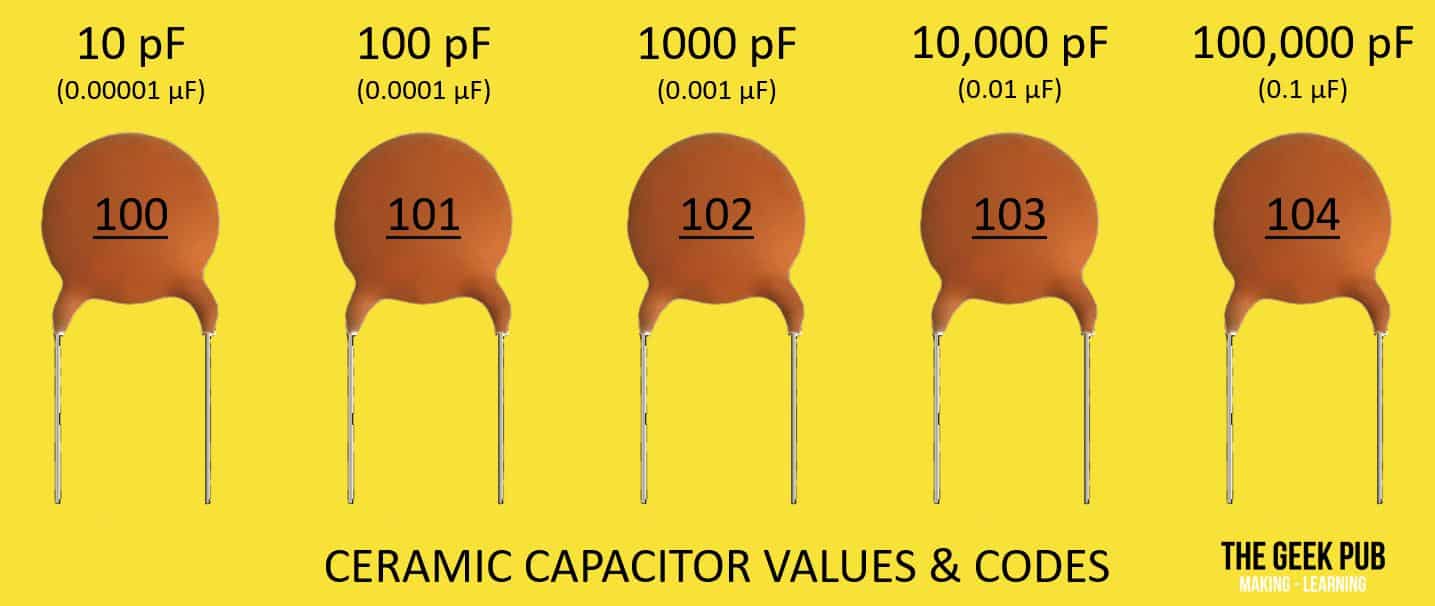
This method of comparison to averages gives the correct result for the above cipher. We might deduce therefore that the cipher is not a plain transposition, but is a simple substitution or perhaps simple substitution combined with some kind of transposition. The sum of the logarithms of its digraphs, suitably scaled, is 518, which is much lower than the average sum of 750 for standard English, or even the average sum for transposition ciphers, which is in the 600's. Has an index of coincidence (scaled up by 1000) of 64, which is about the same as the average for standard English. RWPSK IPRTI PCIME DKUUK RPLBP YICAK LLTAL MTHPA LRPBR KKUCI PDEVU LBPXK MSRPV TVTDC KLBDT PDKVV CHBPT ALSWK VKEEK BMTUM UTPRD KICTD RWASD PCRWP DPALD CIPBD TERPA LTIAL PRQSC YMRWQ TPLIP IMLPC RTYRK The most likely type for the unknown cipher is the one whose differences from the type's averages is smallest. One simple method of trying to identify a cipher is to calculate various statistical measures, such as Index of Coincidence, sum of logarithms of digraph frequencies, etc, for the unknown cipher and then compare the results to the averages for various known cipher types. I've tried three methods of identifying ciphers of an unknown type:

Before you can solve it you have to identify the method that was used to encrypt it.

Sometimes the Cryptogram magazine will have a cipher whose type is unknown.


 0 kommentar(er)
0 kommentar(er)
